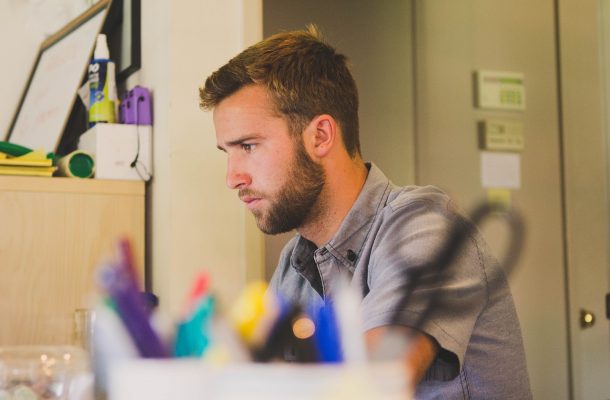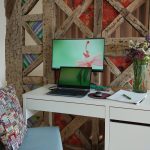Move over WFH, WOD is the next new normal

With the exception of the coronavirus pandemic itself, working from home became the biggest headline grabbing news story of 2020.
As the new working year hits it stride, while many continue to favour (working from home) WFH others are remain unconvinced of its merits.
There are those of us who simply lack the physical space in our homes to set up a permanent workspace while some of our colleagues crave the type of company that WFH fails to deliver.
Some find it difficult to deal with unannounced and unwanted visitors while others find the struggle of working alongside a partner and one or two young children more challenging than a fruit fly’s efforts to break free from a honey pot.
And more disturbingly, an increased incidence of domestic violence has made us acutely aware that not everyone is fortunate enough to have the luxury of a safe WFH environment.
With mixed results emerging from the most comprehensive remote-working experiment of all time – including enough examples of abject failure – the question on the tip of every boss’ tongue is: when it comes to workplaces of the future, what will the new normal look like?
It is fair to say that COVID-19 and our WFH experiences have cast into the spotlight our general dissatisfaction with the daily workplace grind.
Yes, some of us will persist with WFH while others will continue to stomach the daily commute to the office. And there are those of us who might end up doing a spot of both.
But as many start their return to the workplace, look out for the new kid on the block when it comes to remote working and flexible workspaces.
Workspaces on demand, or WOD, will disrupt office life as we know it.
In the modern era, nearly everything is “on demand” including television, music and food – so why not workspaces, too?
WOD breaks free from a fixed working area (think: home or the office) and makes an individual the architect of their own workspace.
This dynamic approach gets an individual out of the loungeroom and away from the kitchen table and into underutilised venues in the broader business community.
One such WOD model has seen hotels offer up vacant rooms on a daily basis as an alternative to heading into the office or WFH.
Dayuse.com, for example, offers what it describes as micro stays with “the chance to work in peace” and an opportunity to receive perks such as free WiFi, a workstation and a minibar – all at an affordable day rate.
WOD, however, goes way beyond the day-use of your choice of hotel suite. It sees individuals working at a diverse range of physical locations including a museum, boardroom, café, vineyard, distillery, children’s indoor playground or even a farm.
Considered to be the Airbnb of workspaces, with this model an individual selects and hires a venue based on their ever-changing moods, preferences and working styles to make redundant the much-overused cliché of experiencing “just another day at the office”.
In designing a WOD experience, key considerations might include factors such as the type of work to be undertaken, whether you need to meet others, travel time, the equipment and resources available on-site and, importantly, whether the venue has COVID-19 precautions in place.
Other considerations might include availability of refreshments like barista-made coffee, child friendliness, proximity of parking or access to public transport, privacy requirements, access to free WiFi and temporary storage facilities.
Melbourne company Dorpee deliversan on-demand workspace-sharing platform that connects workers looking for flexible work locations with venues that have underutilised space.
Using purchased credits, those seeking to get away from the office or WFH hire out surplus space of businesses around the country for as little as 30 minutes at a time.
After purchasing credits, an individual might spend the morning at a local co-working centre to write up a report before moving to a more suitable workspace to meet clients, such as a conveniently located winery.
The number of credits required will vary according to the length of stay and exactly what is on offer.
When it comes to the future of work, WOD might be just what the workplace doctor ordered.
Credited with a range of benefits, experts claim WOD alongside WFH and more traditional offices will allow every employee to work in an environment that best suits their needs.
By ensuring an individual can move from one type of space to another according to the type of activity to be undertaken, dynamic workspaces provided through WOD are thought to bring out the best in employees by inspiring creativity and innovative thinking, building morale and engagement and fuelling productivity.
And while critics of dynamic workspaces claim many bosses will never be able to get their heads around this type of approach, advocates point to the fact that 12 months ago the widespread adoption of WFH was a no-go zone.
As many of us vacate our traditional offices and flee from unsatisfactory WFH arrangements – at least for part of our working days – WOD could well fill a large void.
Emeritus Professor Gary Martin commenced in the role chief executive and executive director of the Australian Institute of Management WA in 2012. He has overall responsibility for leading all aspects of the Institute’s business, which is focussed on building leadership, management and workplace capability both in Australia and internationally, and across the corporate, government, not-for-profit and community sector








